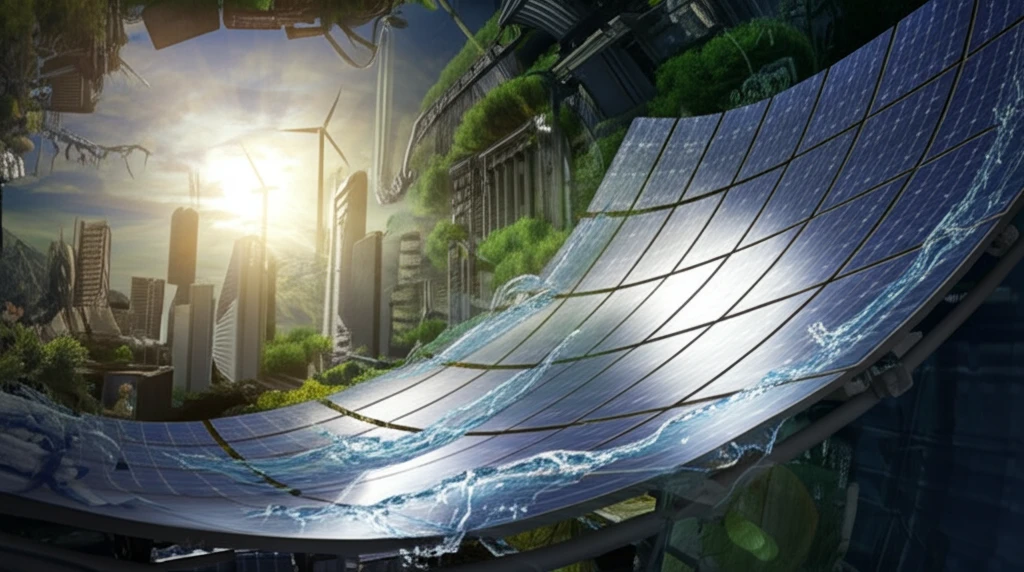
Maximize Solar Collector Efficiency: Comparing Flat Plate vs. Curved Designs
"Discover how innovative curved plate designs can significantly boost the performance of your solar water heater, offering a greener and more efficient energy solution."
As the world shifts towards sustainable energy solutions, solar water heaters have become increasingly popular. These systems, vital in regions with ample sunlight, harness solar radiation to provide hot water for homes and businesses. The core of any solar water heater is its collector, responsible for absorbing thermal energy from the sun. The design and materials of this collector significantly impact the overall efficiency of the system.
Researchers are constantly exploring ways to enhance solar collector performance. Traditional flat plate collectors have been the standard, but innovative designs like curved absorber plates are emerging as potential game-changers. These new geometries aim to maximize heat absorption and minimize energy loss, leading to more effective solar water heating.
This article delves into a detailed analysis comparing the thermal behavior of traditional flat plate collectors with a proposed curved plate design. Using finite element analysis, we'll explore how different geometries and materials affect the efficiency of solar collectors, offering insights into optimizing solar water heater technology for a greener future.
Flat Plate vs. Curved Plate: Which Solar Collector Design is More Efficient?

Traditional flat plate collectors feature a rectangular absorber plate, a design that has been widely used due to its simplicity and ease of manufacturing. However, this design may not be the most efficient in terms of heat absorption. The surface area exposed to solar radiation and the distribution of heat across the plate can limit its performance.
- Surface Area: Curved plates generally offer a larger surface area for capturing sunlight compared to flat plates of the same dimensions.
- Heat Distribution: The curved geometry promotes more uniform heat distribution, minimizing localized overheating and improving overall efficiency.
- Tube Contact: Enhanced contact between the absorber plate and water tubes in curved designs leads to more efficient heat transfer.
Embracing Innovation for a Sustainable Future
The research clearly demonstrates the potential of curved absorber plate designs to significantly enhance solar collector efficiency. By optimizing the geometry and material selection, these innovative designs offer a pathway to more effective and sustainable solar water heating. As the demand for renewable energy continues to grow, embracing such advancements will be crucial in building a greener future.
